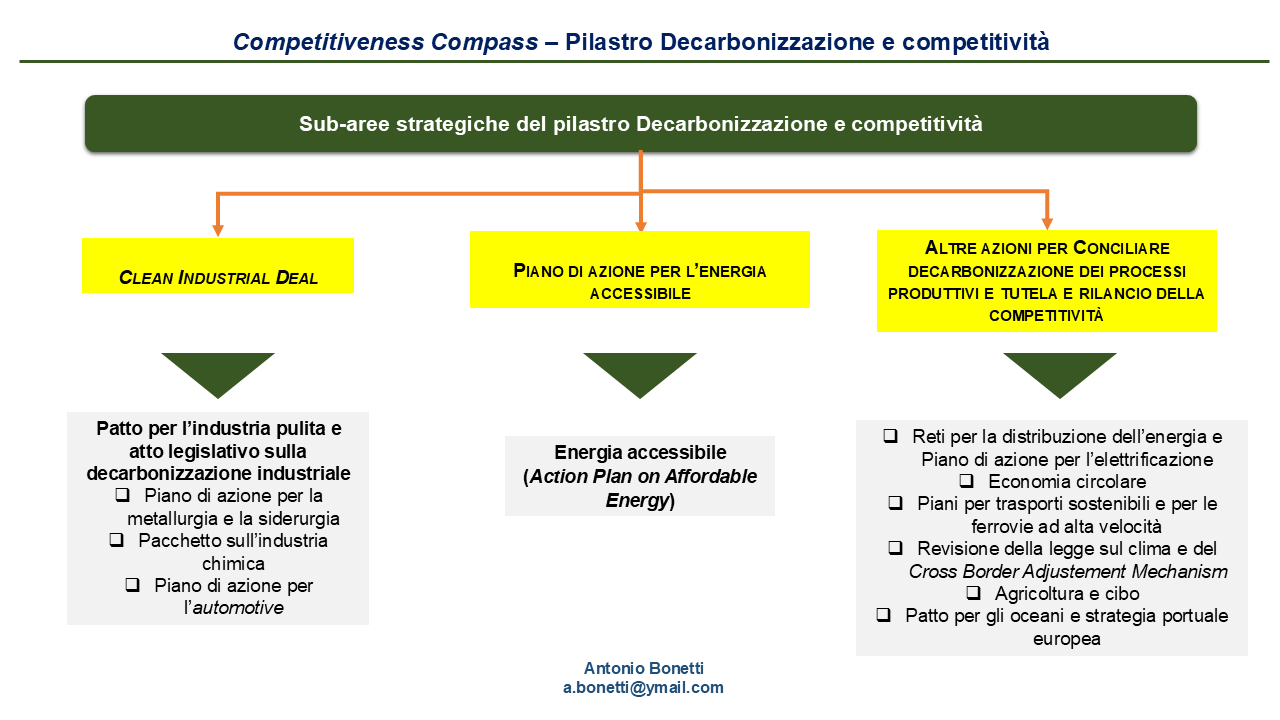The Peterborough SIB
Since 2010 Peterborough – a little town in Eastern England – has been the hub of one of the most interesting innovations in finance: the Social Impact Bonds (SIBs).
SIBs are outcomes-based financial products, that is to say they guarantee a return on investment only if outcomes are satisfactory.
In 2010 a complex rehabilitation program for short-sentence prisoners discharged from the local prison was set up. The institutions involved are the English Ministry of Justice and Social Finance, a non profit organisation set up in 2007 to enlarge the British social investment market (see Ministry of Justice/Social Finance, “Minister Launches Social Bond Pilot”, September 2010).
The purpose of this project is to reduce recidivism rate among the target group by pooling different NGOs having different specific competencies. These NGOs deliver different support services both to prisoners, even before leaving the prison, and their families. All these NGOs are led and coordinated by the “intermediary” Social Finance.
The main features of the SIB pilot are presented below.
- Government: Ministry of Justice (+ funds from Big Lottery Fund)
- Target Group: Short term prisoners at HMP Peterborough
- Program’s name: One* Service
- Raised capital from social investors: £ 5 Million
- Main service providers (3): St. Giles Trust; Ormiston Trust; YMCA
- Timescale: 6 years
- Purpose: Reduction in the recidivism rate by at least 7.5%
- Financial premium: Until 13% if expected results are met.
The programme is funded by the aforementioned innovative financial instrument.
According to the think tank “Young Foundation”, “under a SIB, a payer (usually Government….) agrees to pay for measurable improved outcomes of social projects, and this perspective income is used to attract the necessary funds from commercial, public or social investors to offset the costs of the activity that will achieve those better results. This approach is possible where better outcomes lead to tangible public financial savings” (see Geoff Mulgan et al., “Social Impact Investment: the challenge and opportunity of Social Impact Bonds”, March 2011).
In other terms, this instrument builds up on a particular public private partnership. There is an agreement between public institutions and private investors so that public services are financed by private investors, who provide upfront working capital, and will receive agreed upon repayments from the Government only if the social impacts are reached.
On the contrary, if the project is not successful, they will accept to lose the entire working capital.
SIBs and “patient capitalists”
As mentioned, the most innovative feature of the project is that there is a large upfront payment to these NGOs that doesn’t come from the Public Administration (PA), but from private investors on a “payment by results” basis. As already stated, the Ministry of Justice and the Big Lottery Fund will repay them only in case of a clear evidence of a reduction in recidivism (by at least 7.5 %).
As a result, this “pay-for-success” financial instrument could radically change the way in which Government finances social services.
Also, SIBs are an appealing instrument to private financiers willing to combine both financial and social returns from their investments (both socially-minded investors and the so called “patient capitalists”, according to the definition introduced by Jaqueline Novogratz, from Acumen Fund).
But “The Economist” reminds us that “the hardest question concerns the returns that investors will demand if SIBs are to attract serious amounts of money” (see http://www.economist.com/news/finance-and-economics/21572231-new-way-financing-public-services-gains-momentum-commerce-and-conscience).
Actually, this instrument seems excessively risky even for “patient capitalists”. As aforementioned, if agreed-upon results are not met, they will lose all the capital invested. Moreover, they are locked into contracts that usually last many years.
The same issue is raised in a report released by Godeke Consulting and the Rockefeller Foundation, that presents the results of a survey done on socially-minded investors (see Steven Godeke and Lyel Resner, “Building a Healthy and Sustainable Social Impact Bond Market: The Investor Landscape”, Godeke Consulting and The Rockefeller Foundation, November 2012).
The reply to the question proposed by “The Economist” could be a decisive factor for the success of Impact Investments.
So, how will you make a difference to your beneficiaries as well as to patient capitalists?









